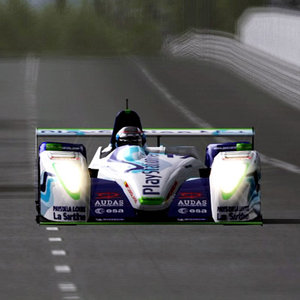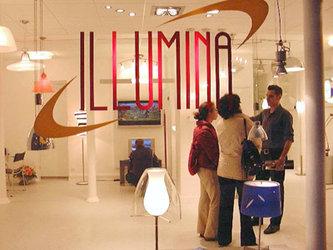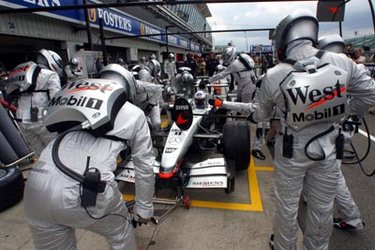Space technology on winners' podium
Once again Henri Pescarolo chose advanced space technology to make his Le Mans racer lighter and faster, and once again his decision proved to be a winner. At last Sunday’s race at Spa-Francorchamps in Belgium, the Pescarolo C60 Hybrid Judd racing car came in second.
"This year we built a brand new car to fit the new Le Mans Endurance Series (LMES) regulations. It is what is called a hybrid model and has completely new aerodynamics. The chassis is the same but the shape is different. It has a new bonnet and real spoiler, and is not as flat as last year," says Henri Pescarolo, manager of the Pescarolo Sport motor racing team.
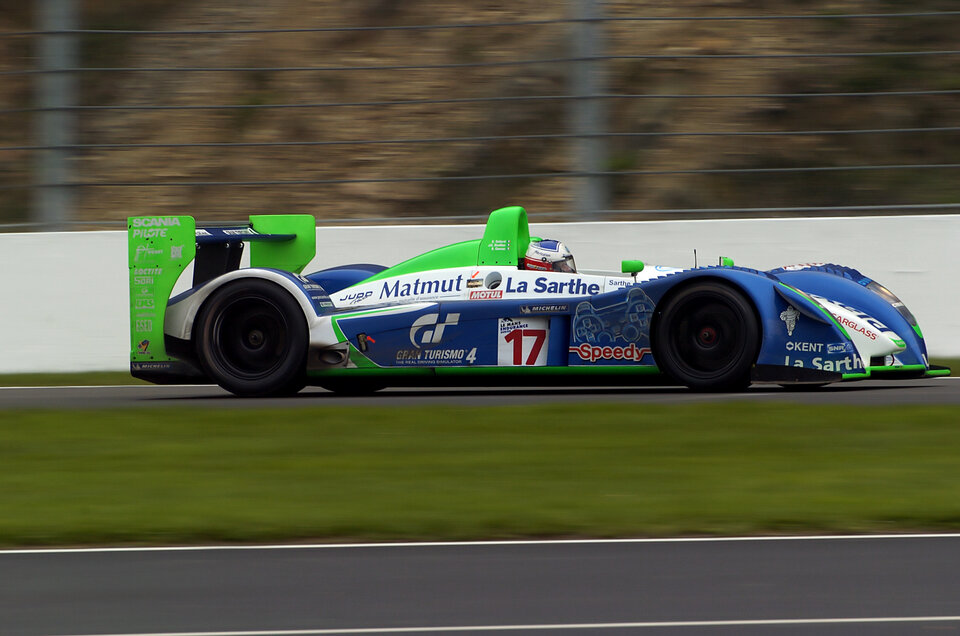
"It is 12 km faster than last year’s model and has a top speed of around 335 km/h. By optimising the shape even more we managed to cut an additional 15 kg off the body weight and as in previous years we used space technologies developed for ESA programmes.” This year’s saving in body weight has to be added to the 38 kg the Pescarolo Sport Team saved last year, mainly by using special composite materials originally designed for space.
Space technologies racing
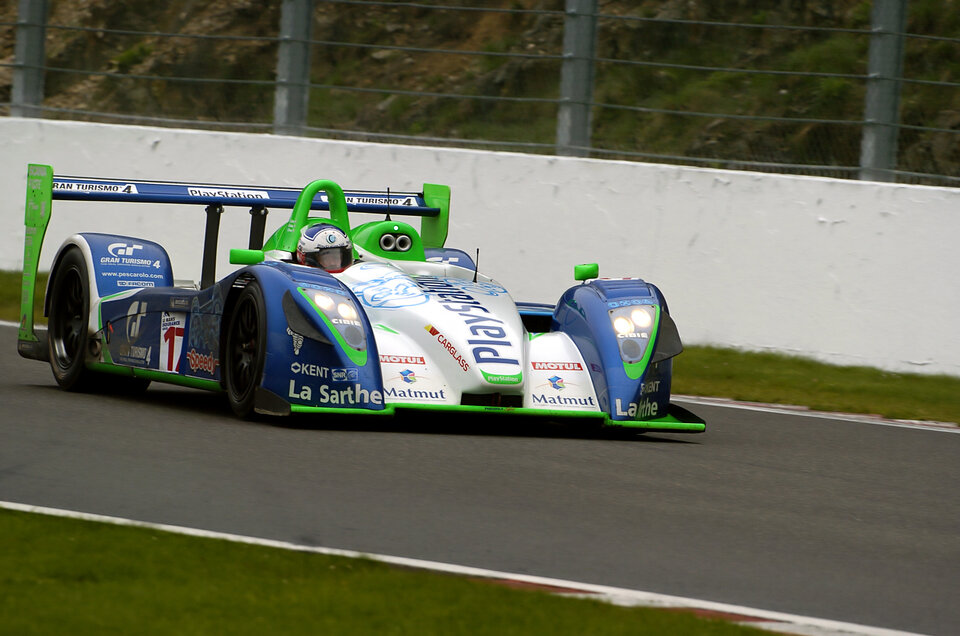
It is now three years since ESA's Technology Transfer and Promotion Office (TTP) commenced cooperating with Henri Pescarolo to demonstrate how space technology can provide innovative solutions for endurance racing.
"When our technologies prove their worth in extreme races like Le Mans, they will find their way into the mass-produced cars that we all use, enhancing reliability and comfort, and contributing to greater overall safety on our roads," says Pierre Brisson, Head of ESA's TTP.
Weight and its optimal position are crucial in endurance racing and by using the special high-tech carbon composite materials developed for satellites the Pescarolo Sport Team has managed to shave off important kilos and improve race performance by lowering weight location. Another important issue is safety, and thermal insulation material designed for Ariane 5 Vulcain engines protects the car's petrol tank from the heat of the engine and exhausts, and insulates the driver's cockpit.
Space technology has also helped to reduce friction and the weight of the wheels and the car carries high-performance bearings built with technology developed for spacecraft. The same technology is today used for the bearings of gyroscopes onboard satellites and in Ariane 5's Vulcain engine fuel pump.
Top performance demonstrated

Prior to Sunday’s race, the new Pescarolo car dominated the test and qualification races on the Friday and Saturday by finishing first in three out of the four races.
The car also won Sunday morning’s warm-up race.
"The car has plenty of straight-line speed and works well in the 'hybrid' configuration. It has a good down force in the high-speed corners," commented Pescarolo driver Emmanuel Collard, very satisfied with the new car.
Difficult racing conditions
From the start of Sunday’s race the new Pescarolo C60-Judd took the lead out of the 48 cars competing, and the first of the three Pescarolo drivers, Emmanuel Collard, managed to keep pole position for two and a half hours.
After 51 laps the second Pescarolo driver, Erik Comas, took over and continued in the lead until an accident between two other cars led to Comas losing valuable minutes as he was slowed down by the safety car and fell into second position. At the 101st lap the third Pescarolo driver, Jean-Christophe Boullion, took over and after another six hours of racing and 132 laps Boullion crossed the line in second position.
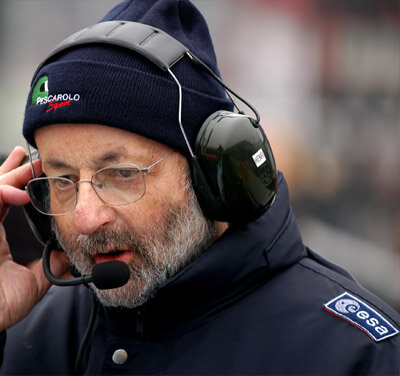
"We should have won; we were fastest during testing, qualification and the warm-up," said Henri Pescarolo after the race. "But it was a difficult race. Due to the rain and fog we had to change tyres many times, not always using the optimal ones, but all in all I think we are a bit faster this year than the others."
Pescarolo is not resting on his laurels; he recognises that it is important to optimise the car in time for the most important race, the 24 Hours Le Mans that will take place 18-19 June; and there are only two months left.
"At Spa we validated the principal technical solutions to adopt for Le Mans and some minor concerns were resolved. The difficult climatic conditions did not allow us to test all options and adjustments," added Pescarolo, emphasising that the car‘s first outing on a race track took place just two weeks ago when it came second at the Paul Ricard circuit in Castelet, France.
"We know we have a particularly fast car in the rain, now we need to improve in dry conditions."
At Le Mans, Pescarolo will participate with two cars: the one used at Spa and another, identical car, again built with space technology. The new car will be ready in one month, just in time for Le Mans.







